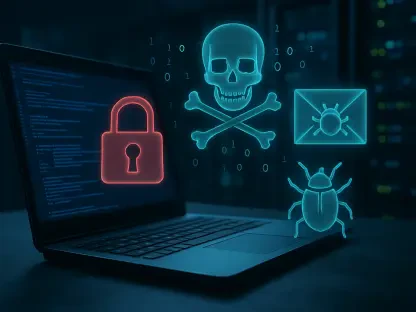The Hacker News provides an analysis of recent cybersecurity trends and threats. The report emphasizes the sophisticated tactics cybercriminals now employ, exploiting everyday actions to initiate significant cyberattacks. These threats often stem from minor vulnerabilities such as misconfigured pipelines and reused login tokens, making them difficult to detect.
Significant updates include the active exploitation of a patched Windows NTLM vulnerability identified as CVE-2023-24054. This flaw has been leaking NTLM hashes and user passwords, allowing attackers unauthorized system access, despite the availability of a patch since March.
The article also highlights a multi-stage malware attack observed by Palo Alto Networks that uses deceptive emails to distribute malware like Agent Tesla and XLoader. A malicious 7-zip archive attachment initiates the download of a PowerShell script, resulting in successful malware execution.
LayerX’s Enterprise Browser Extension Security Report reveals that most browser extensions possess permissions that access sensitive enterprise data, posing potential risks. The report underscores the importance of scrutinizing extension permissions and developers’ trustworthiness.
Additionally, a novel phishing tactic leverages the Gamma AI platform to direct users to fake Microsoft login pages. This method, using phishing emails and spoofed PDF documents, highlights the sophisticated use of AI in cyberattacks.
FIN7, a known cybercriminal group, has been linked to the Python-based backdoor Anubis, which allows remote command execution on Windows systems. This group’s shift to ransomware further shows their evolving tactics.
Google has announced an update to Gmail, allowing enterprise users to send end-to-end encrypted emails, enhancing data security and privacy without additional software.
Finally, the article discusses the Morphing Meerkat phishing-as-a-service platform, which uses DNS mail exchange records to impersonate brands and collect credentials via Telegram.
Overall, the report stresses the increasing sophistication of cyberattacks, the exploitation of small vulnerabilities, and the need for timely updates and robust encryption solutions. It highlights the continuous evolution of cyber threats, urging organizations to remain vigilant and proactive in their cybersecurity measures.









